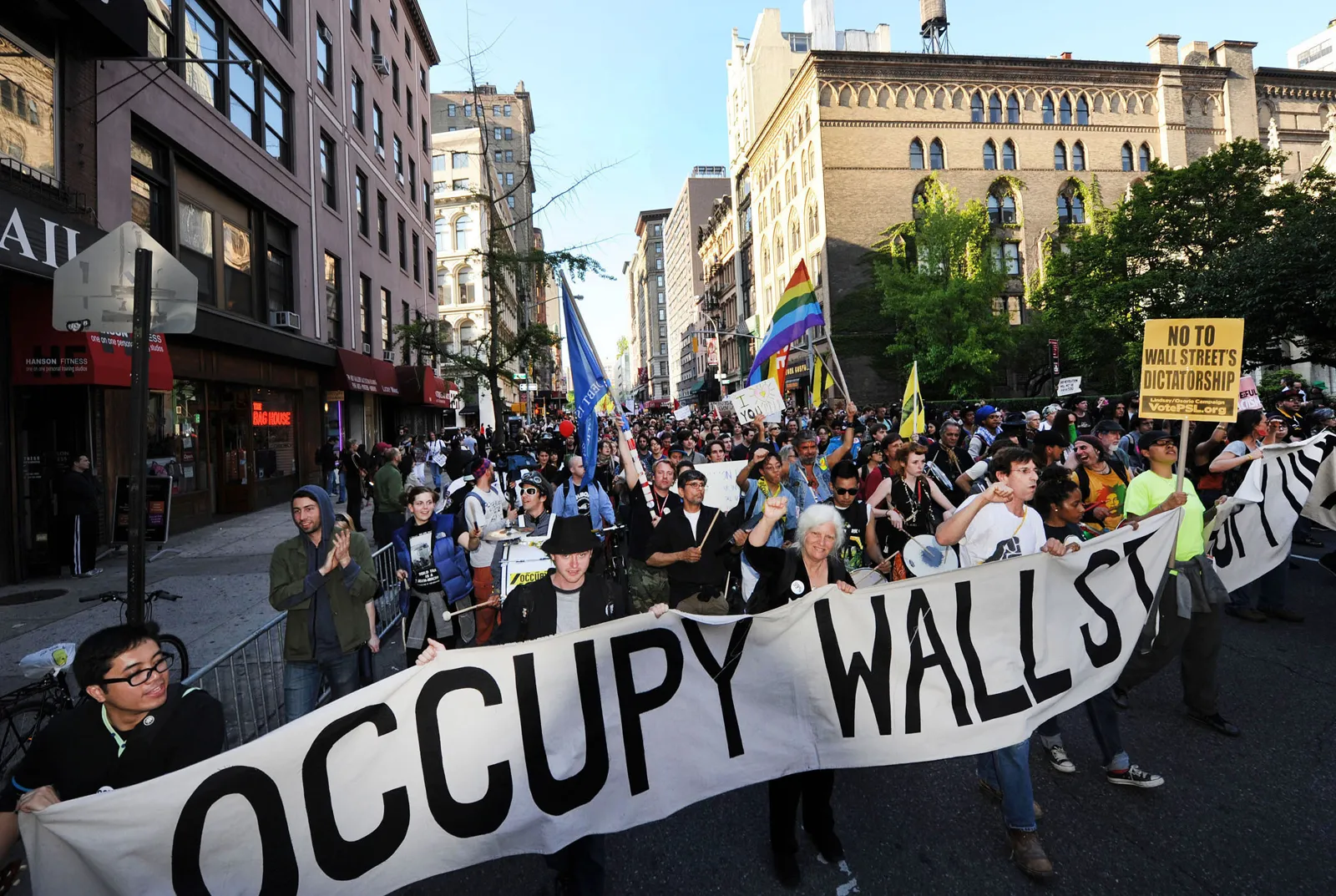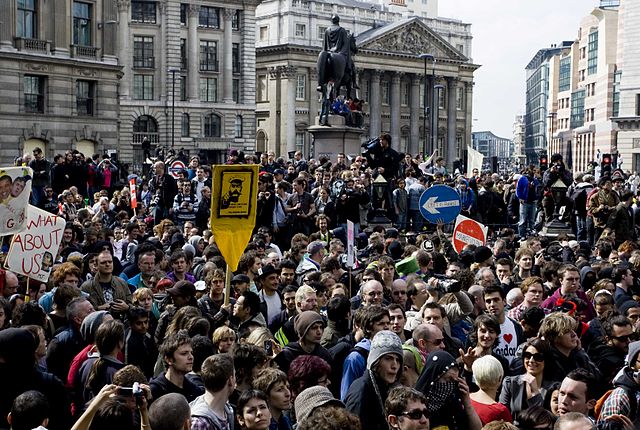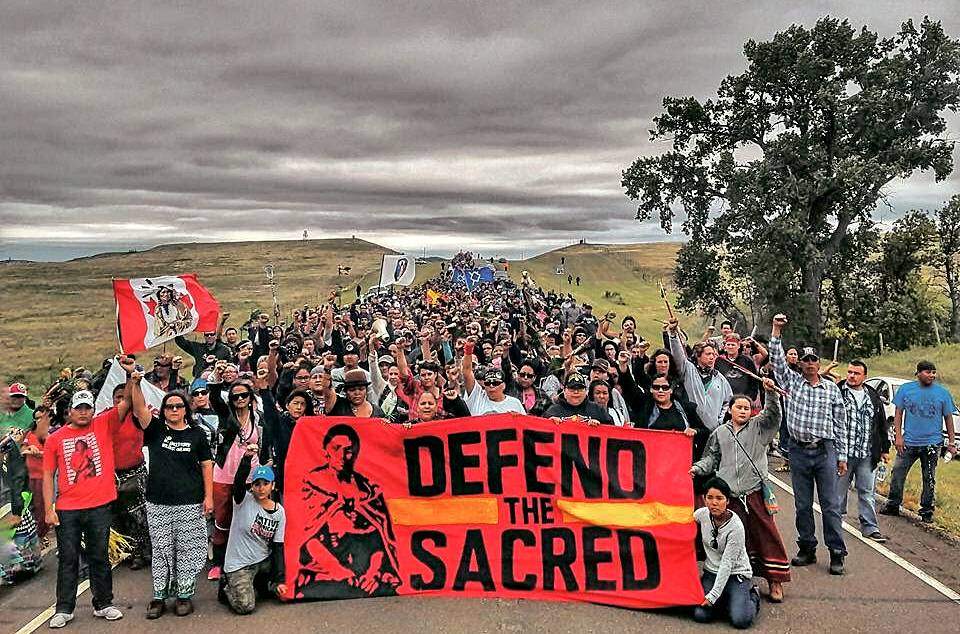Occupy Wall Street (OWS), which began in September 2011, quickly became a defining moment in modern protest history. Centered in New York City’s financial district, it highlighted issues of economic inequality, corporate greed, and the influence of money in politics. Ten years on, it’s essential to reflect on the lessons and legacy of this groundbreaking movement.
Origins and Goals
OWS was initiated by Canadian activist group Adbusters and rapidly gained traction through social media. The movement’s primary slogan, “We are the 99%,” underscored the growing divide between the wealthiest 1% of Americans and the rest of the population. The goal was to draw attention to economic disparities and advocate for systemic changes to address these injustices.
Methods and Strategies
The movement’s hallmark was its occupation of Zuccotti Park in Lower Manhattan, which became a symbolic epicenter of resistance. OWS employed non-hierarchical decision-making processes, known as General Assemblies, to foster inclusive participation. The occupation inspired similar protests in cities across the United States and around the world, creating a global conversation about economic justice.
Achievements and Impact
OWS succeeded in bringing issues of economic inequality into the mainstream discourse. It influenced public opinion, leading to increased scrutiny of Wall Street practices and the role of big money in politics. The movement also inspired subsequent activism, including the Fight for $15 minimum wage campaign and various anti-austerity protests globally.
Challenges and Criticisms
Despite its successes, OWS faced significant challenges. The lack of clear leadership and specific demands made it difficult to achieve tangible policy changes. The movement’s decentralized nature, while promoting inclusivity, also led to organizational inefficiencies and internal conflicts. Additionally, the police crackdown on Zuccotti Park in November 2011 marked a turning point, leading to the dispersal of many occupiers and a decline in the movement’s visibility.
Long-Term Legacy
A decade later, OWS’s influence is still evident. It helped shift the political landscape, contributing to the rise of progressive politicians who advocate for policies addressing economic inequality. The movement also demonstrated the power of grassroots activism in mobilizing public support and creating lasting change.
Conclusion
Occupy Wall Street, despite its challenges, left an indelible mark on the fight for economic justice. Its legacy lies in its ability to raise awareness about systemic inequalities and inspire future generations of activists. As economic disparities continue to grow, the lessons from OWS remain relevant, reminding us of the importance of collective action and the ongoing struggle for a more equitable society.



